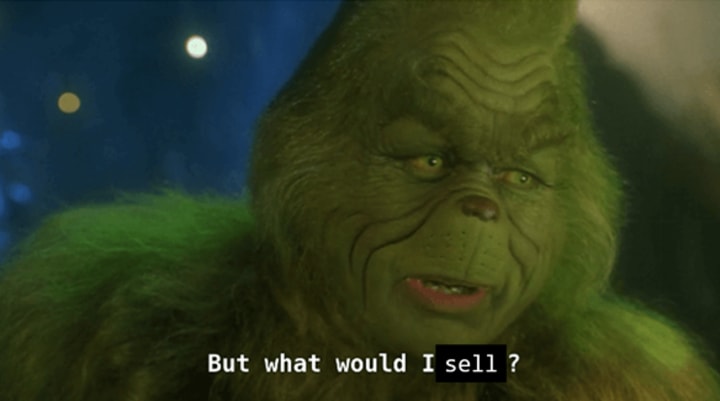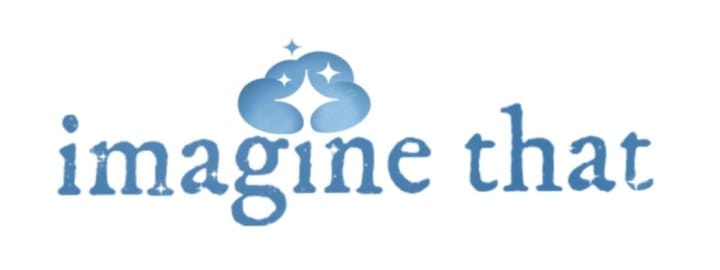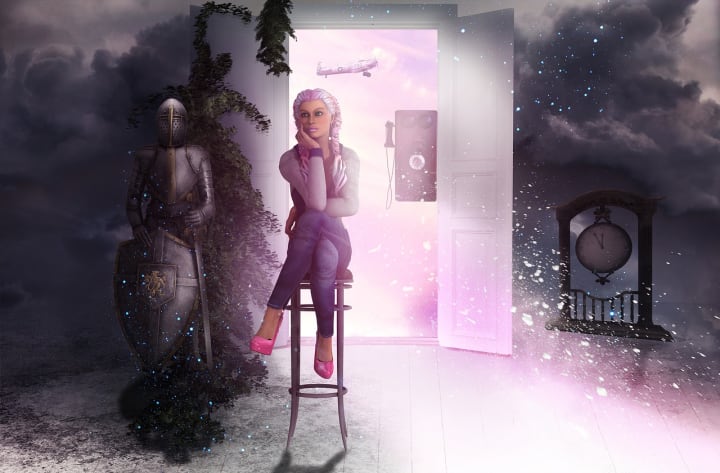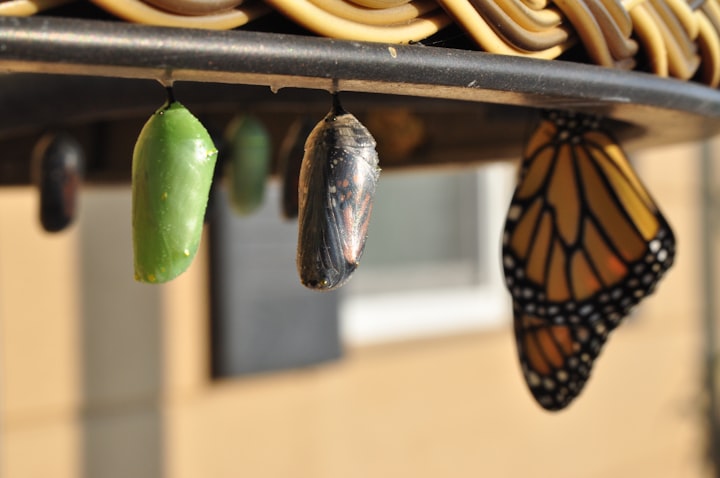
I can't believe I won this Challenge. I'd like to thank my mom, Vocal, Memberful, Jesus, and the troops. What an honor.
I've experienced this moment a dozen times.
You're probably confused. Let me back up.
This prompt had me stumped for a while. Admittedly, being an entrepreneurial influencer isn't something I'd ever given much thought to, but the Members-Only Challenge got me racking my brain for that big, money-making idea.

But what kind of content would I provide? My unpopular Game of Thrones opinions? Crafting tutorials on how to make mini Hogwarts castles? Unsolicited rants about the greatness of Taylor Swift? I just have so much to offer.
Finally, the answer hit me. More than anything, I'd like to channel my passion about maladaptive daydreaming into something constructive and healing.
What is it?
The term 'maladaptive daydreaming' was first coined by Dr. Eli Somer in 2002. It is a psychiatric condition in which extensive fantasy activity replaces human interaction and/or interferes with academic, interpersonal, or vocational functioning.
It's essentially a behavioral addiction to daydreaming. Slipping into these fantasy worlds isn't just something maladaptive daydreamers do during class or while we're in the shower; it's a compulsion that takes up hours of our time, a real dependency that inhibits our ability to function on a day-to-day basis.
Because maladaptive daydreaming is such a new area of research, there is no established treatment. This condition hasn't yet been added to the DSM-5 and is not recognized as an official disorder, which means that those of us who suffer from it don't have many of the resources available for other mental health issues. There's essentially an untapped market for self-help and information about this problem. That's where my membership business comes in.
My Business Proposal
I would like to design a space where maladaptive daydreamers could not only seek help and support, but where they could also express their stories in creative ways and share them with others.
My business would be called 'imagine that', and it would serve as a habit tracker, creative outlet, and teaching tool.

My mission statement: To foster healing without compromising creativity.
I want to build something that helps people overcome this disorder without stifling their creativity or erasing the work they've put into building their worlds and characters. Maladaptive daydreamers establish close relationships with their paras and paracosms; it's often a hesitancy to leave these connections behind that hinders healing and makes dreamers reluctant to seek help.
Instead of severing those bonds, I want to give consumers of my service a way to outwardly express their stories and share their ideas with other dreamers. Rather than suppressing users' creativity, I want to channel it therapeutically.
I would achieve this in several ways.
First, I would develop an app with which people could track their MaDD habits. This service would enable users to log how much they're daydreaming, what they're dreaming about, and things like daily moods and productivity. The app would give users weekly summaries, totaling up how much time they had spent dissociating, offering suggestions for avoiding their triggers, and allowing them to set scheduled times to daydream.
The app would allow users to create idea boards, where they could compile details about their worlds. Users would be the architects of their dreams, and my service would provide the outlines and prompts to help them express and articulate their ideas. My app would help people break down things like characters, timelines, plots, and playlists.

Paid membership would include additional benefits, like a monthly journal with thought-provoking prompts specifically designed for maladaptive daydreamers. Members would have access to the app's community message boards, where like-minded dreamers could share and discuss their stories. Membership would also give subscribers the option to be notified by email and/or text when the next experimental treatment study opened.
This disorder generally requires self-diagnosis, so this is one of those times when an online diagnostic quiz might actually be useful. The site would stay updated with the most recent maladaptive daydreaming research and news, and I would conduct polls and surveys to facilitate discussion about common habits, shared comorbidities, and manifestations of users' symptoms.
Many mental health professionals are still unaware of this developing research. My company would work with providers to spread awareness about this disorder in the psychiatric community, and a portion of members' subscription fees would be donated to Dr. Somer's research. My business would also work with professionals to ensure that we offered the best, most healing service to members.
Maladaptive daydreamers are incredibly creative, and I want to give people an outlet for that creativity, one directly geared toward this issue and the specific challenges it poses to those who struggle with it. The best way to combat maladaptive daydreaming is to fill that time with other, more productive distractions. My service would combine the two, allowing users to keep their fantasies while actually making something of them.
One of the most common responses I see to information about this disorder is shock that it exists at all. People suffer in silence, not realizing that there's a name for what they're experiencing. I want to combat the stigma and spread awareness about this isolating condition. Memberful can help me make this dream—and my dream of winning this Challenge—a reality.

Maladaptive Daydreaming on Vocal
I went looking for other maladaptive daydreamers on Vocal, and, to my delight, I found several! Here are some of my favorite stories:
I Didn’t Know I Was A Maladaptive Daydreamer by mindvomit
Figuring out I was maladaptive daydreaming by Annie Curran
Maladaptive Daydreaming by Khadijah Jackson
Maladaptive Daydreaming: My Personal Experience by Ada Star
My Coping Mechanism by Lynn H.
The misdiagnosed disorder: Maladaptive daydreaming... by Jessica M
My Secret Compulsion and the Journey to Overcome It by Maladaptive Daydreamer
Additional Resources
For more information on daydreaming disorder, visit The International Consortium for Maladaptive Daydreaming Research website.
The scale used to determine whether an individual meets the suggested diagnostic criteria for maladaptive daydreaming can be found here.
Terms and definitions can be found here.
For supportive communities, check out these websites.

About the Creator
S. Frazer
She/her • 29 • Aspiring writer
Email: [email protected]






Comments
There are no comments for this story
Be the first to respond and start the conversation.